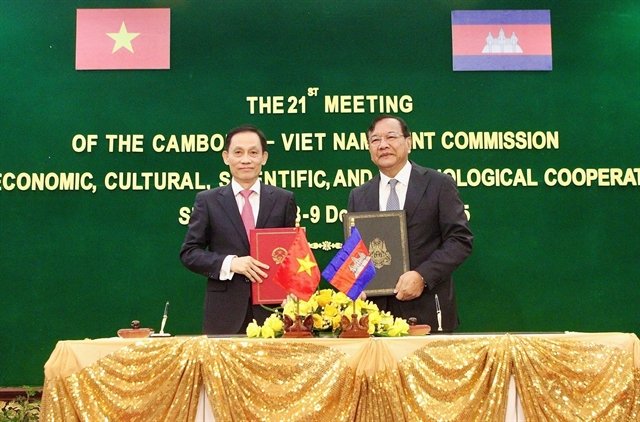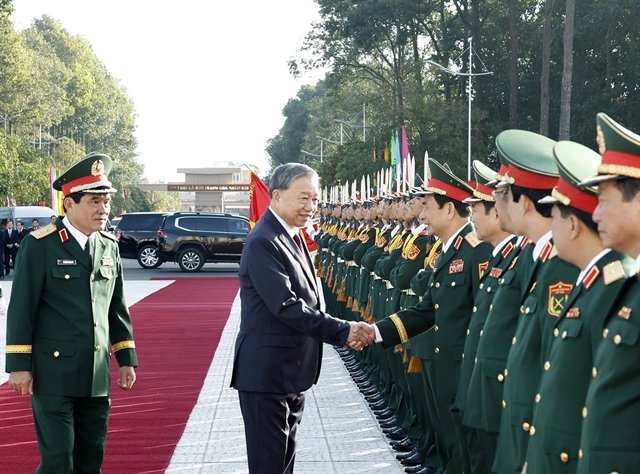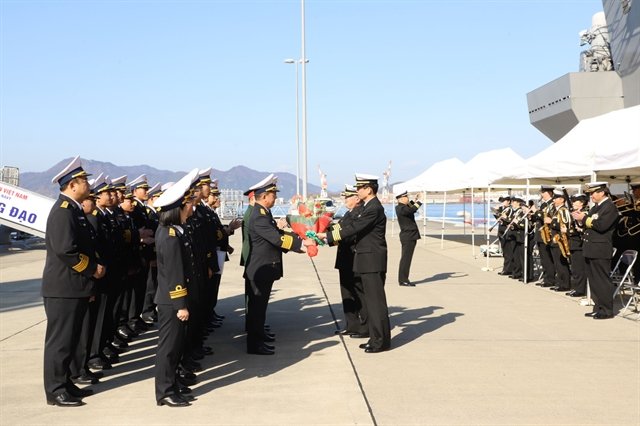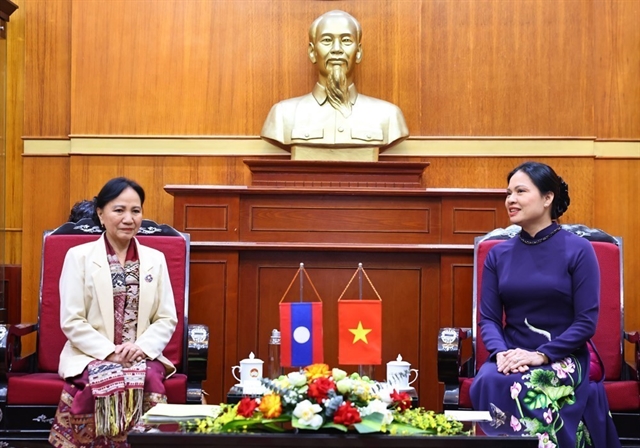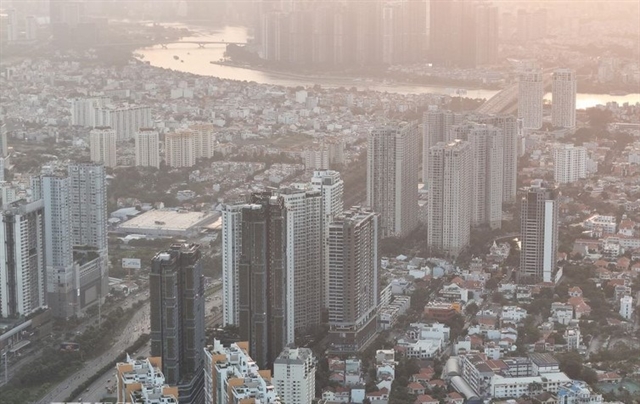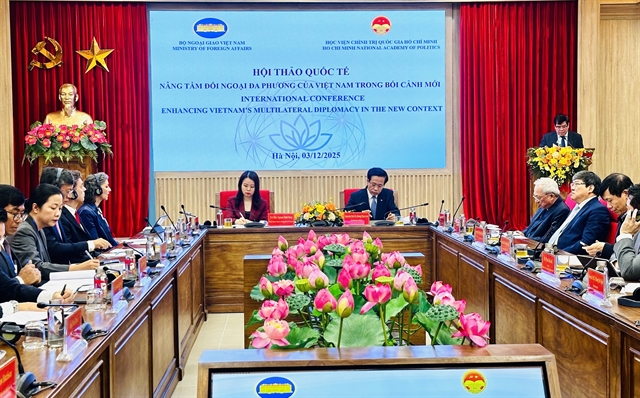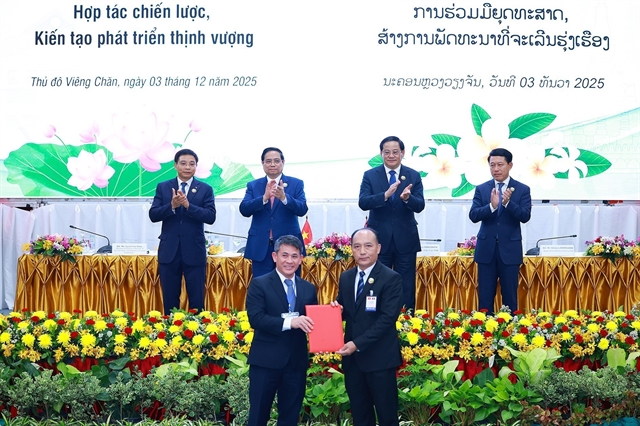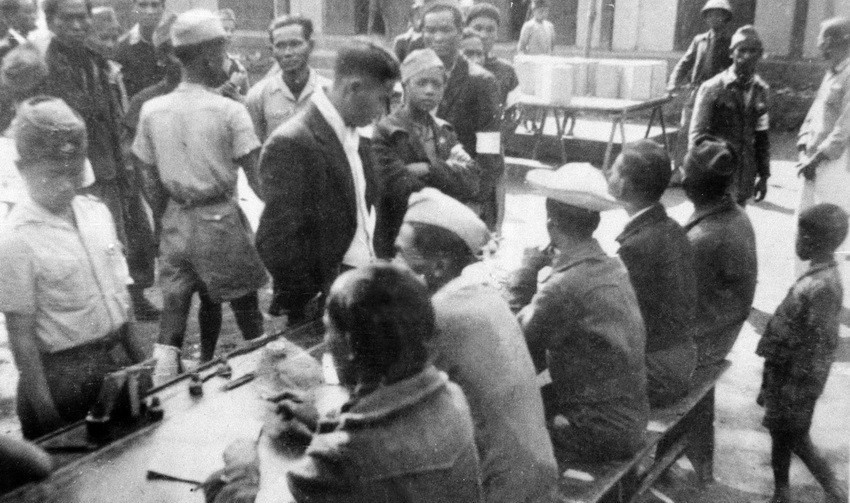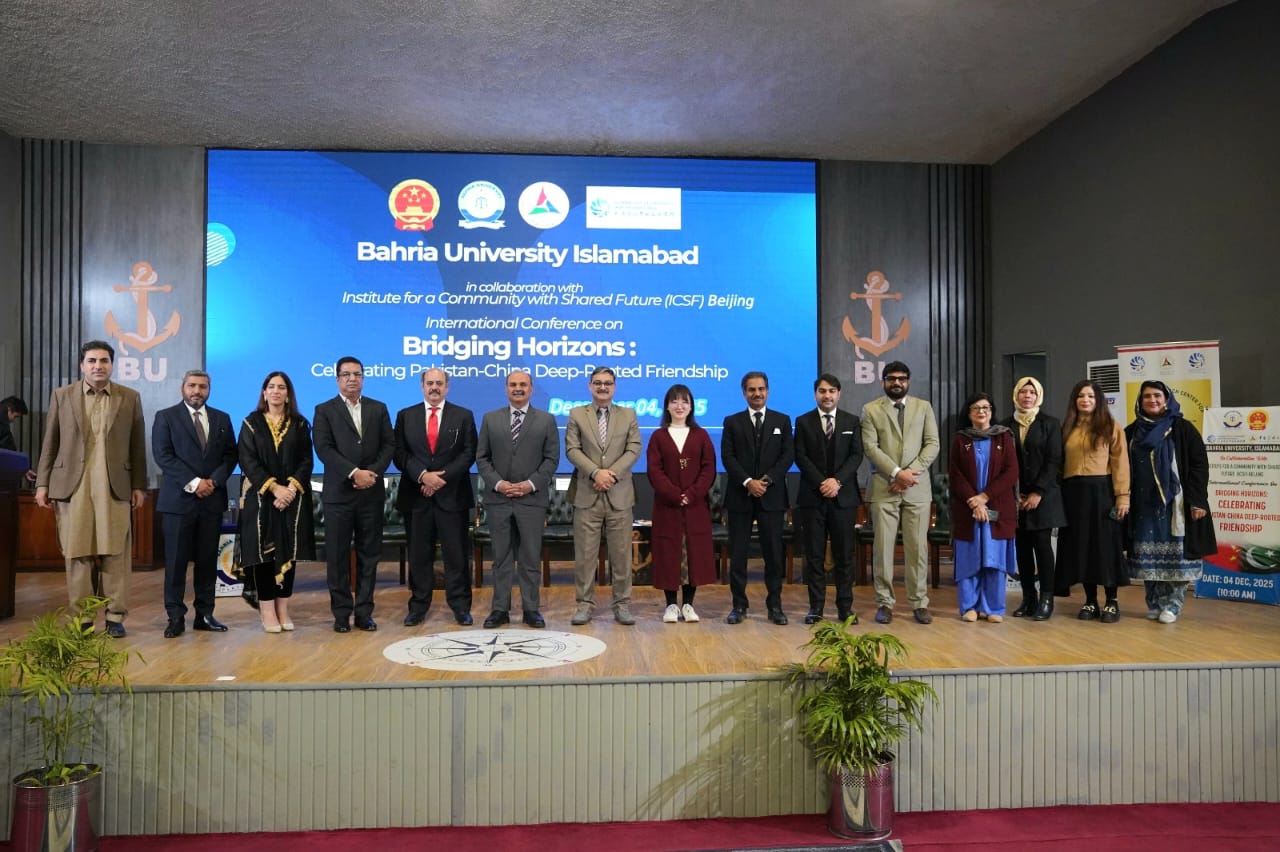HCM Cityt, September 14, 2025 — The Europe Today: As Vietnam’s economic and financial hub, HCM City is seeking strategies to optimise the operations of both Tân Sơn Nhất and Long Thành international airports to reinforce its role as the nation’s aviation gateway and a future regional transit centre.
These issues were the focus of an international workshop titled “The Long Thành – Tân Sơn Nhất Airport Pair: Shaping the National Gateway and Moving towards a Regional Transit Hub in the New Era”, hosted by the Vietnam Aviation Academy on Thursday.
Nguyễn Thị Hải Hằng, director of the academy, underlined that the coordinated development of the two facilities would form a “dual-port system,” serving as a driver of trade, investment, tourism, and logistics. She stressed, however, that building a world-class airport was only the first step, and long-term strategies would be needed to ensure efficient and sustainable operations.
Consultants from the Incheon Airport Consortium highlighted Long Thành’s pivotal role in Southeast Asia’s aviation landscape. With a projected capacity of 100 million passengers annually, the airport is expected to rank among the region’s largest transit hubs. They presented two operational models: transferring all international flights to Long Thành or dividing routes by flight distance. While the first approach would maximise resources and streamline procedures, the second risked confusing passengers and undermining competitiveness.
Forecasts suggest that Long Thành could handle two million international passengers by 2029, five million by 2043, and 9.2 million by 2060, with an average annual growth rate of 4.52 per cent. Concentrating international operations at Long Thành, the consultants argued, would enhance efficiency and strengthen Việt Nam’s position in the regional aviation market.
However, experts cautioned that infrastructure connectivity remains a major challenge. Long Thành currently relies heavily on National Highway No 51 and the HCM City–Long Thành expressway, both of which face chronic congestion. Phạm Minh Hải, director of the Institute for Strategy and Cadre Training, called for urgent adjustments to expand inter-regional transport links, prioritise expressway upgrades, and accelerate the Biên Hòa–Vũng Tàu and Bến Lức–Long Thành projects.
Architect Ngô Viết Nam Sơn suggested adopting a phased approach, noting that Long Thành should eventually develop into one of Southeast Asia’s leading airports, integrated with an “airport city” model, free trade zones, and regional transport networks including metro lines and ring roads. In the short term, however, he recommended transferring all cargo operations to Long Thành to ease pressure on Tân Sơn Nhất while gradually shifting passenger flights as supporting infrastructure comes online.
Uông Việt Dũng, director of the Civil Aviation Authority of Vietnam (CAAV), reaffirmed Long Thành’s status as a flagship project, describing it as a key driver for Vietnam’s integration into the Asia–Pacific aviation network. He stressed the need for a clear transitional roadmap to ensure safe, efficient, and sustainable dual-airport operations.
While Tân Sơn Nhất continues to face overcapacity and traffic congestion, Long Thành is expected to serve as a new growth engine, enhancing HCM City’s role as a regional economic and financial hub. Expert recommendations from the workshop, Dũng said, would help refine proposals to the Government and shape future aviation strategy.

